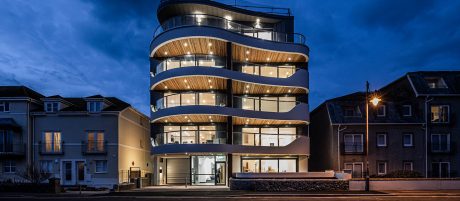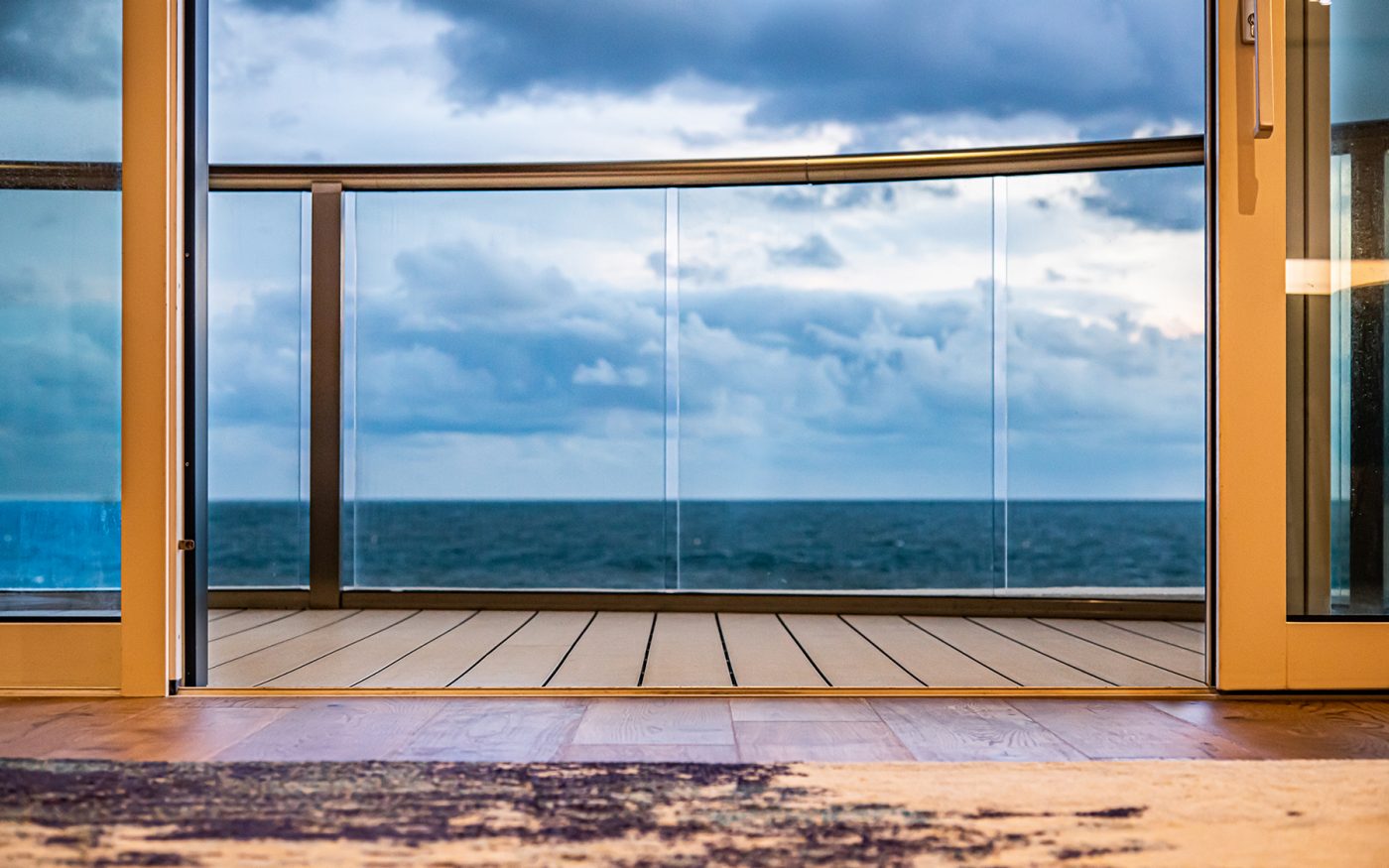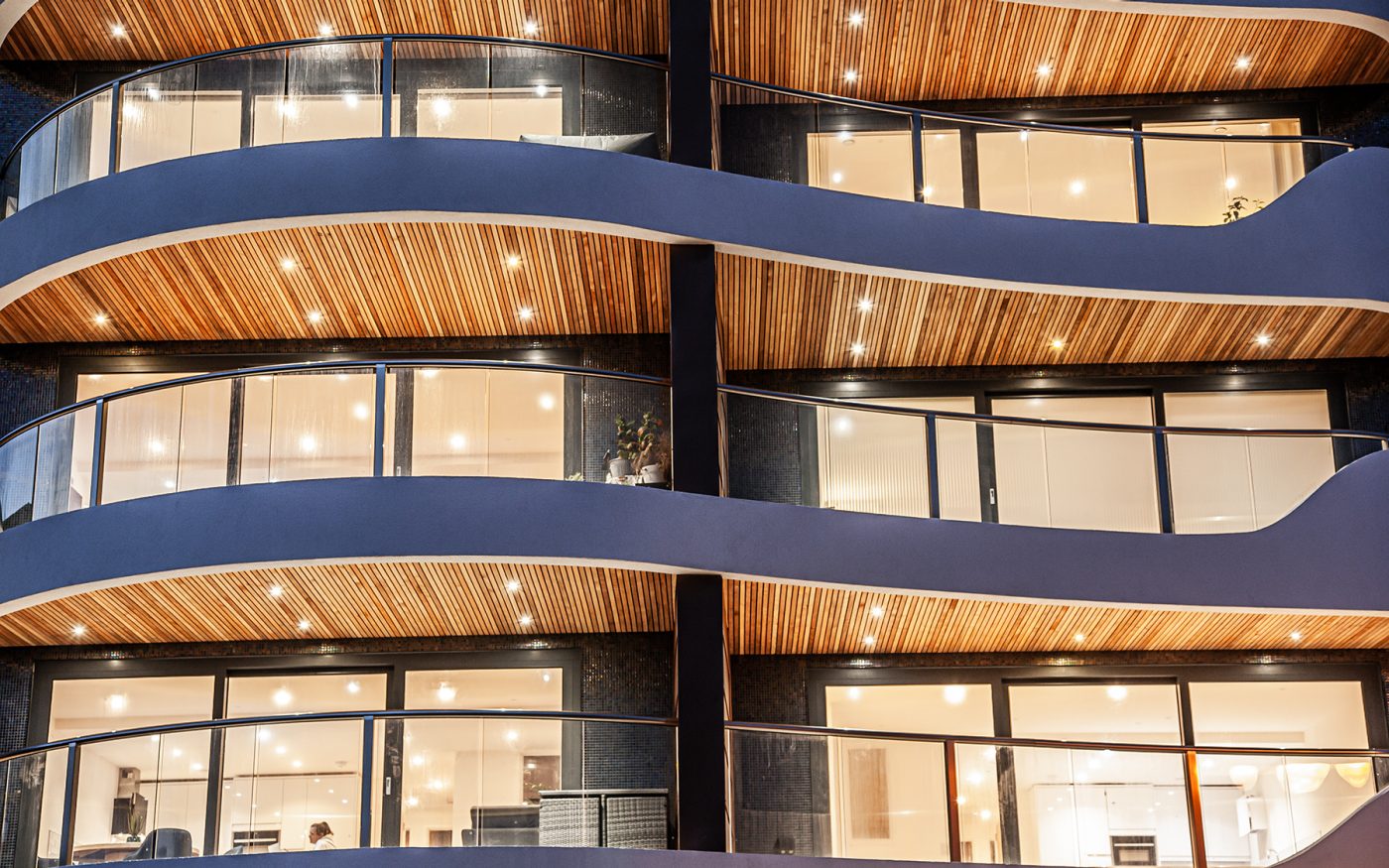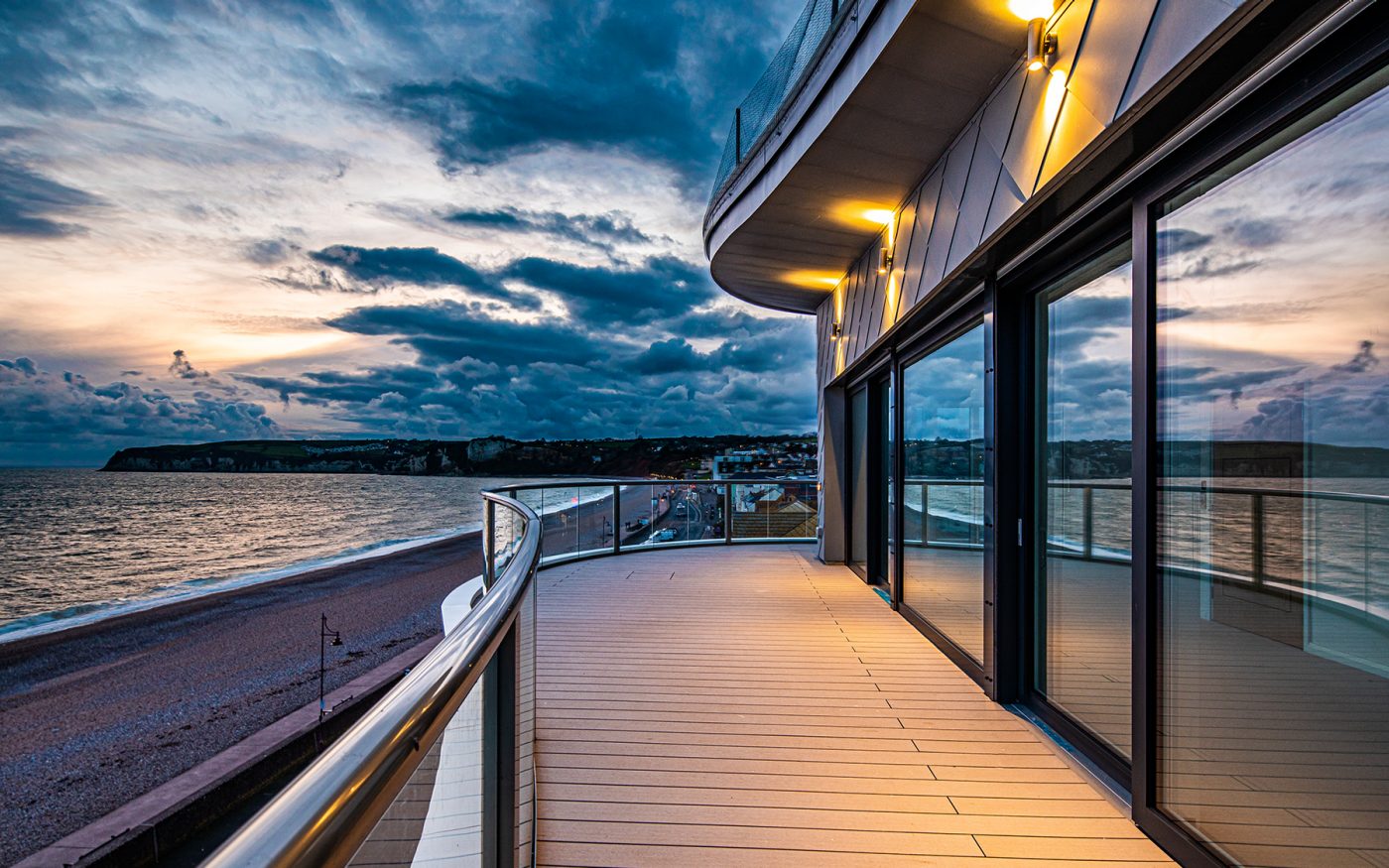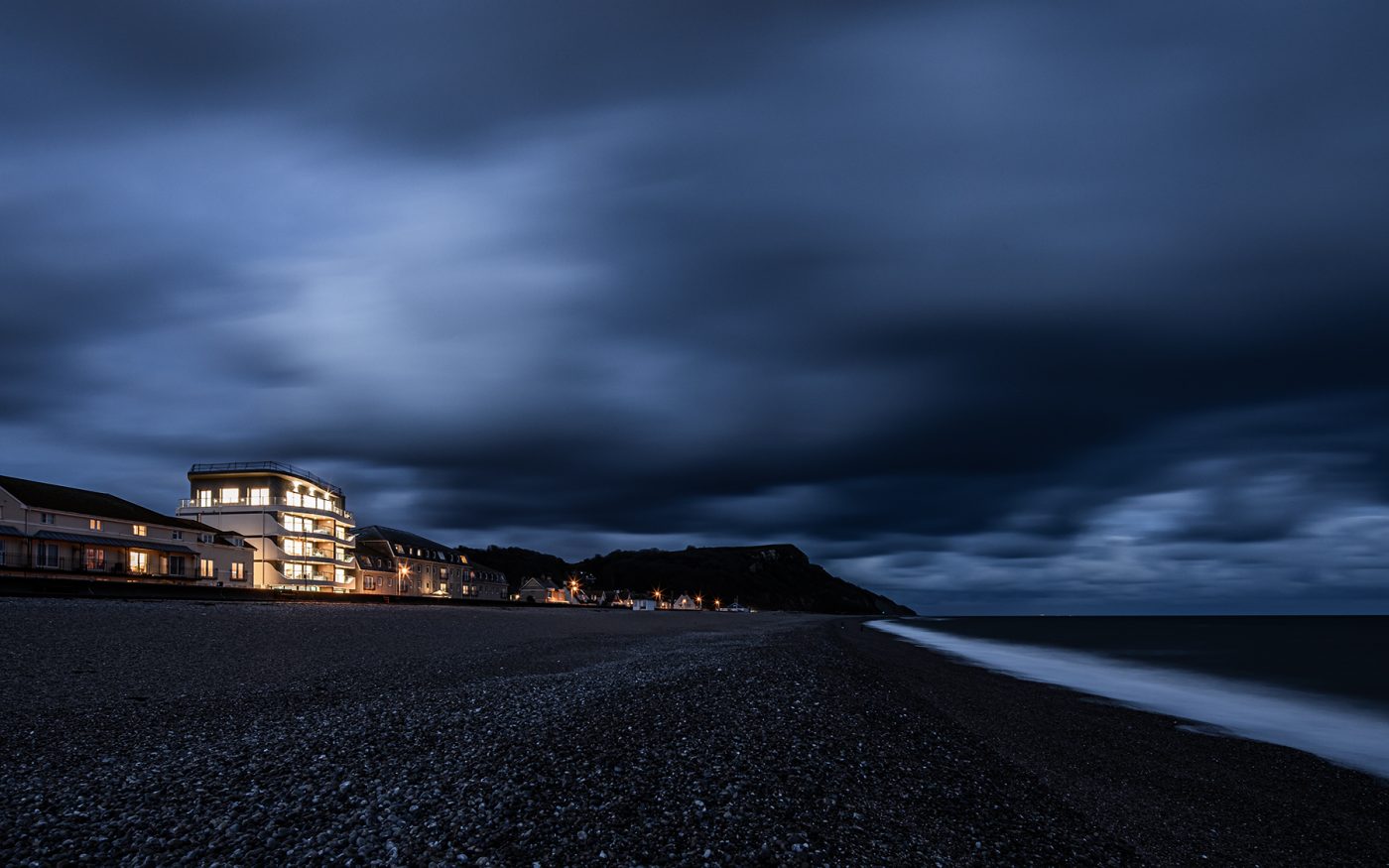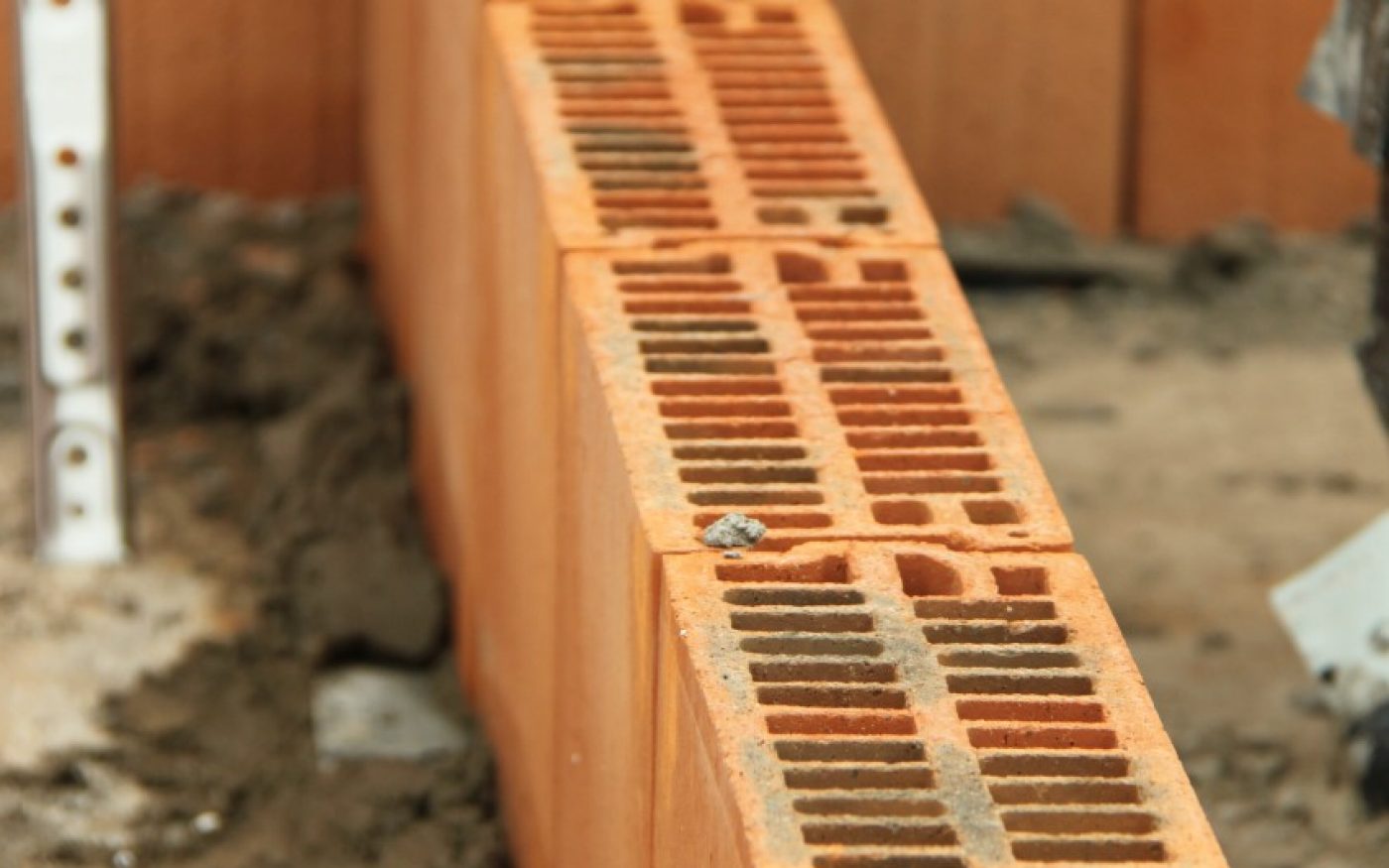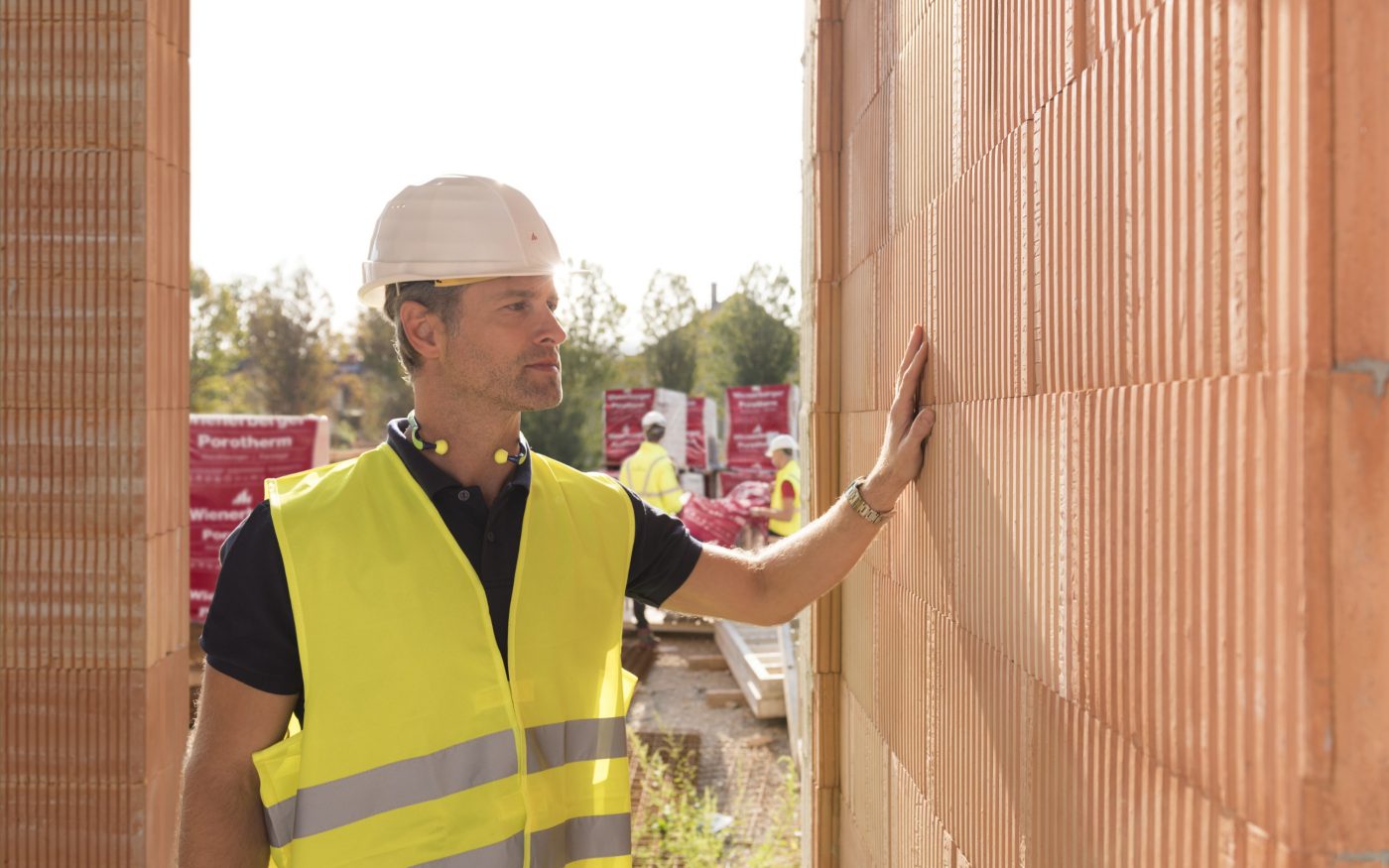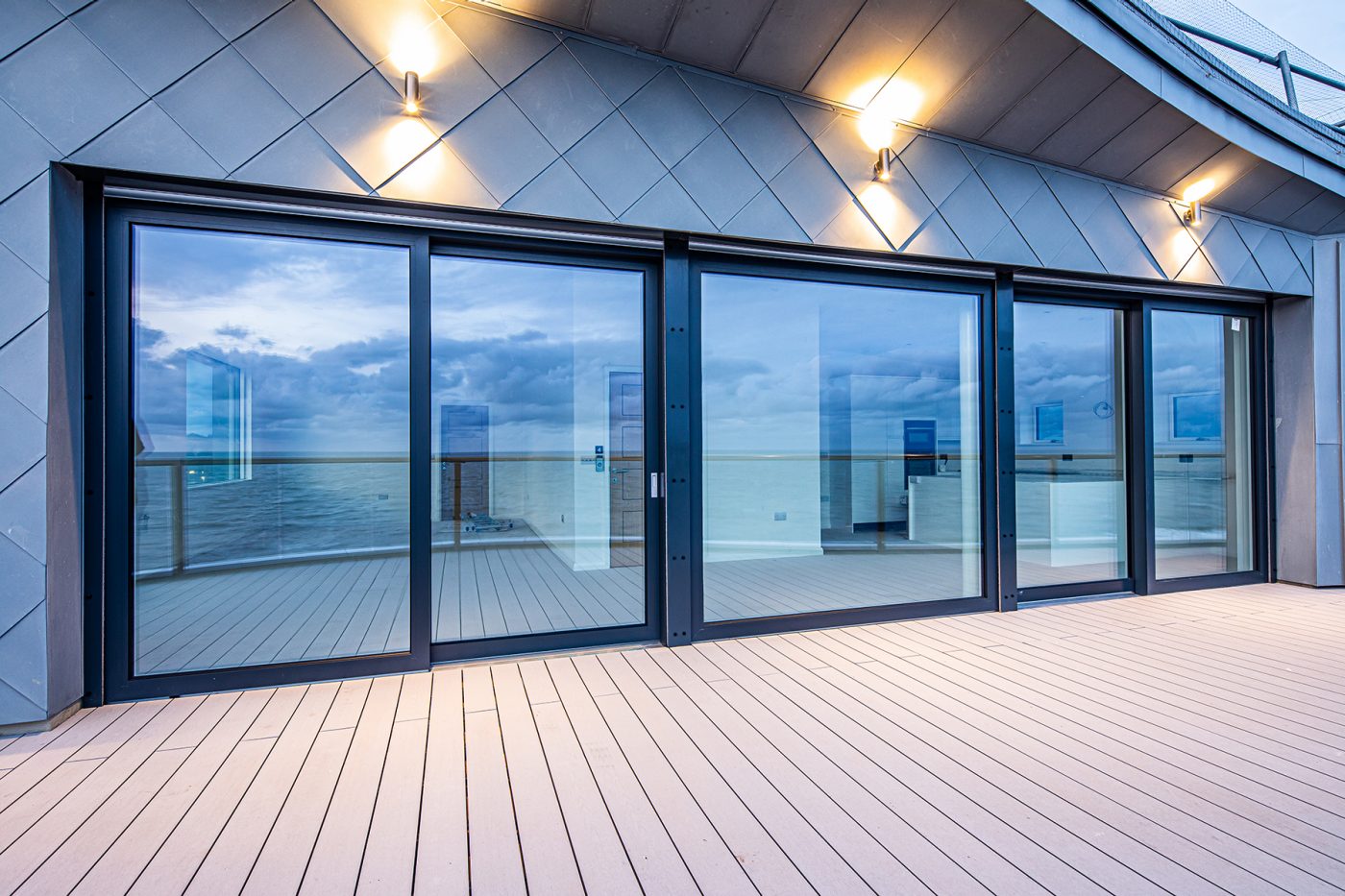Seaton Beach, Devon is the UK’s first certified Passivhaus Plus multi-residential building, comprising seven two-bedroom apartments and a three-bedroom penthouse. The carefully designed development prioritised innovation, health and wellbeing throughout its construction and was therefore able to go above and beyond the stringent requirements of the Passivhaus Standard.
As such, the project has been certified as a Passivhaus Plus home. The leading certification combines the minimal energy requirements of the Passivhaus standard with further on-site renewable energy generation methods. Now completed, the groundbreaking project is helping to reduce energy bills for its residents.
From an early stage of development, the client, Mike Webb at Seaton Beach Developments Ltd wanted the project to meet the highest standards of energy efficiency. With this ambition in mind, Mike reached out to the architect team of Gale & Snowden for its assistance. As architects, Gale & Snowden place a great importance on employing a fabric first approach to construction work.
On the Seaton Beach development, the architects worked to prioritise the construction and insulative composition of the property’s core elements, particularly its walls, while also employing a holistic approach to the building design. Thanks to this approach the team was able to deliver a sustainable and high-performing development.
